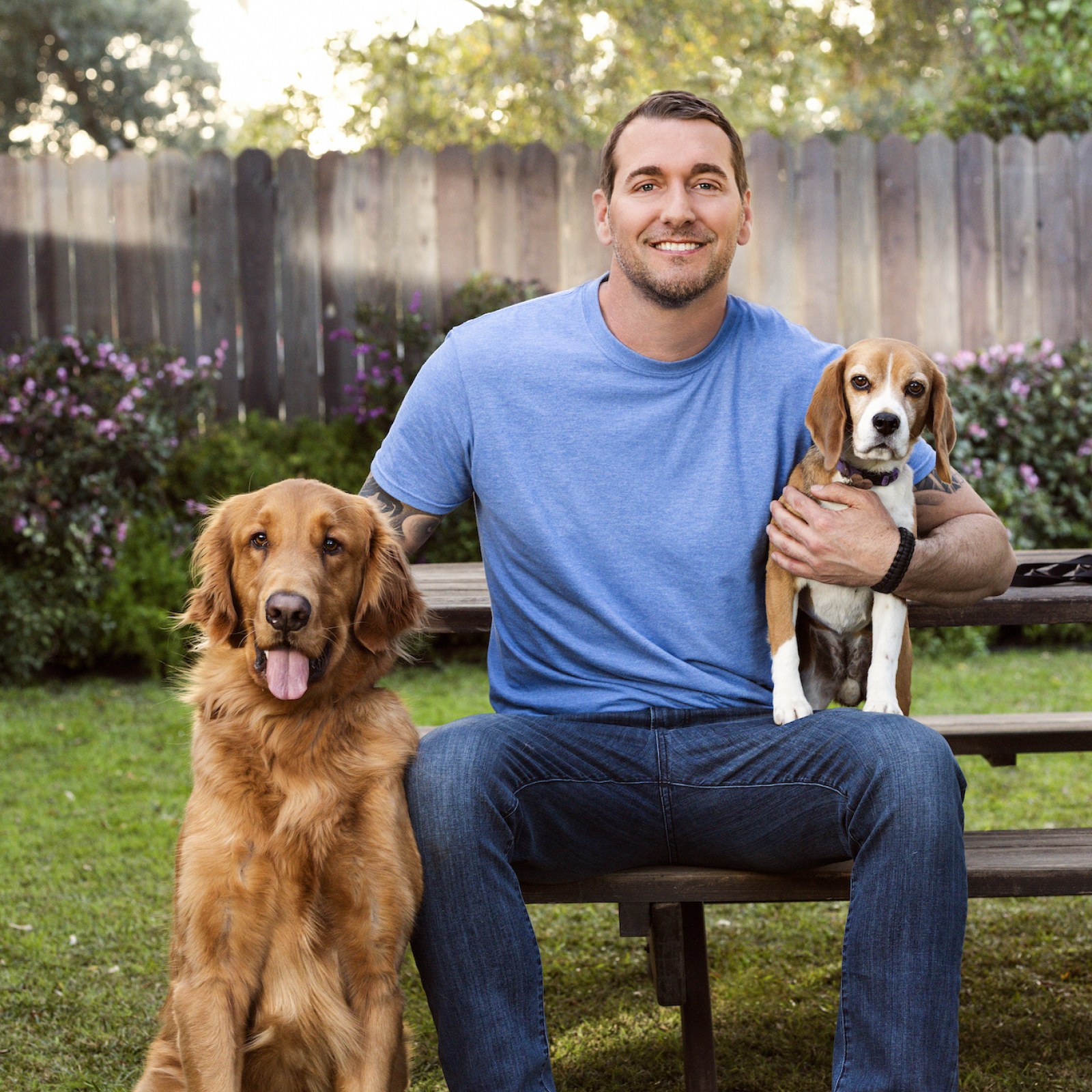The Benefits of Very Early Dog Training for a Well-Behaved Animal
The Benefits of Very Early Dog Training for a Well-Behaved Animal
Blog Article
Necessary Tips for Effective Dog Training: A Guide for Animal Owners
Efficient pet dog training is a multifaceted procedure that needs a strategic strategy tailored to both the pet's personality and the owner's purposes. Comprehending how to browse these obstacles can dramatically improve the training experience, ultimately changing the relationship in between owner and pet.
Understanding Canine Behavior
Comprehending canine behavior is necessary for efficient training and fostering an unified partnership in between canines and their owners. dog training. Pets interact primarily through body language, vocalizations, and actions, making it important for owners to analyze these signals properly.

Socialization plays a substantial duty in dog habits; exposure to various environments, individuals, and various other animals can significantly influence a canine's personality. Factors such as type attributes and individual character need to lead training techniques, as some breeds might have details behavioral qualities that necessitate customized strategies. By comprehending these components, owners can produce a helpful atmosphere that motivates positive actions, resulting in effective training outcomes and a much deeper bond with their pet dogs.
Establishing Regular Commands
Effective communication with your canine starts with developing consistent commands. This foundational element of training is crucial for promoting understanding in between you and your animal. Consistency in the commands you make use of ensures that your pet can accurately link details words or phrases with the preferred behaviors.
When choosing commands, pick clear, distinctive words that are easy to state and differentiate from one another. Avoid utilizing similar-sounding commands that might confuse your pet. For example, using "sit" and "stay" is proper, but "sit" and "hit" can bring about misunderstandings.
Furthermore, keep the exact same tone and volume for each and every command. Dogs are sensitive to vocal signs, so differing your tone can create confusion.
It is similarly essential to guarantee that all member of the family get on the very same page regarding the commands made use of. A united front in command usage will certainly protect against mixed signals and strengthen the knowing procedure.
Favorable Reinforcement Methods
The power of favorable reinforcement in canine training depends on its capacity to motivate wanted behaviors with benefits and praise. This method is grounded in the principle that habits followed by desirable end results are most likely to be repeated. By incorporating positive support right into your training program, you can successfully shape your pet dog's actions in a positive manner.
To carry out positive support, it's essential to identify what inspires your canine, whether it be deals with, playthings, or spoken appreciation. When your dog executes a desired activity, such as resting on command, instantly award them with a treat or love. This association between the command and the favorable result enhances their understanding.
It's crucial to timing the incentives appropriately; delivering the reinforcement within seconds of the desired behavior aids your pet dog make the connection (dog training). In addition, consistency is key-- guarantee that all relative utilize the exact same commands and benefit systems to avoid complication

Gradually, you can lower the frequency of treats as your pet finds out the behavior, transitioning to applaud or intermittent benefits. This technique not just promotes a solid bond in between you and your pet however likewise advertises a favorable understanding setting, making educating a satisfying experience for both.
Socialization and Interaction
Constantly subjecting your canine to a range of settings, individuals, and other animals is crucial for their social growth. Socialization needs to begin early, preferably during the critical window of 3 to 14 weeks, when puppies are most responsive to new experiences. Older pet dogs can also profit from recurring socializing initiatives.
Present your canine try this website to different setups, such as parks, pet-friendly shops, and urban areas. This direct exposure assists them adapt to different stimulations, minimizing anxiety and concern responses. Urge positive communications with various other pet dogs and individuals, ensuring that these encounters are controlled and safe to promote confidence.
Utilize structured playdates with genteel pets, as this can improve your pet's social abilities and show them appropriate habits. Obedience courses and training sessions also offer exceptional possibilities for socialization, permitting your pet dog to interact with others in a monitored setting.
Display your pet's body movement throughout interactions, as this will aid you evaluate their convenience level. Gradually raise direct exposure to more challenging scenarios while guaranteeing that each experience declares. A well-socialized canine is more probable to display well balanced behavior, making them a delight to have in any kind of setting.
Resolving Common Training Difficulties
Every pet owner will come across training obstacles at some time, no matter their pet dog's age or socializing degree. Determining typical concerns such as stubbornness, interruptions, and fearfulness can assist in creating reliable strategies for enhancement.

Interruptions during training sessions can hinder focus. To fight this, start training in a peaceful atmosphere with very little stimuli. Slowly introduce interruptions as the canine ends up being much more skilled in commands. Short, regular training sessions are additionally reliable in preserving interest.
Terror can impede a canine's learning procedure. Progressive desensitization to the source of fear, coupled with favorable reinforcement, can help alleviate anxiousness. Persistence is important; never compel a canine into a scenario that triggers distress, as this may aggravate the problem.
Ultimately, understanding and resolving these typical challenges with an organized method will cultivate a more effective training experience, enhancing the bond between pet dog and owner while advertising effective understanding.
Final Thought
In recap, effective dog training relies upon a comprehensive understanding of canine actions, the establishment of constant commands, and the application of positive reinforcement strategies. Socialization plays a crucial function in creating well-adjusted animals, while addressing typical training obstacles needs perseverance and adaptability. By carrying out these important strategies, pet dog owners can promote a solid bond with their dogs and promote desirable behaviors, eventually bring about a harmonious connection in between human beings and their canine companions.
Comprehending pet behavior is vital for reliable training and fostering a harmonious connection in between pooches and their proprietors.Socialization plays a significant function investigate this site in pet dog actions; direct exposure to various environments, people, and other pets can dramatically impact a dog's temperament.The power of positive reinforcement in canine training lies in its capability to motivate preferred habits via incentives and appreciation. By including favorable support right into your training routine, you can properly form your pet's actions in a positive fashion.
In recap, effective pet training counts on a thorough understanding of canine actions, the facility of regular commands, and the application of favorable reinforcement methods.
Report this page